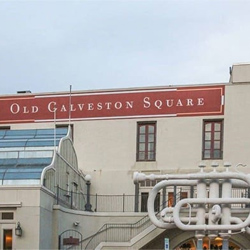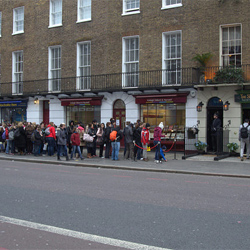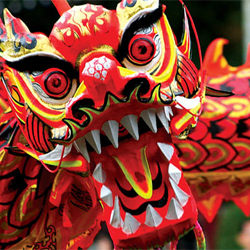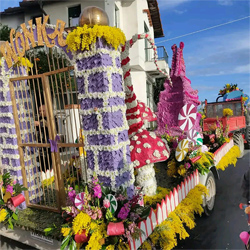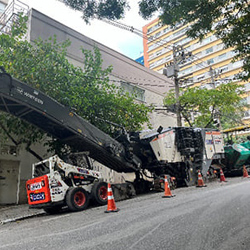The particular orography that holds Genoa between the sea and steep hills, gives the city a territory stingy with space and tiring for those who live here. Continuous ups and downs that can often be overcome only with arduous staircases or narrow staircases, have prompted the bodies in charge to build means such as funicular railways which, in dedicated locations, out of the city traffic and non-polluting, offer a valuable public service.
It was 1871 when in Luzern, Switzerland, Sir Josef Bucher inaugurated the Viznau funicular, a train track that connected the city to a hotel that a Swiss entrepreneur had recently built on the mount just behind the city. About twenty years later Bucher arrived in Genoa on a visit, and while climbing our hilly Castellaccio neighborhood he thought he could build something similar here.
The idea was rewarded, and in 1897 the Municipality of Genoa inaugurated its first funicular, which connected the top of a mountain which, precisely because of its resemblance to the Swiss Rigi, was renamed Righi, which is the German pronunciation of Rigi.
The Righi funicular still connects the Castellaccio neighborhood on top of a hill with Largo Zecca in the city center.
Its route includes the intermediate stops of Corso Carbonara, San Nicola, Madonnetta, Preve and San Simone.
Originally there were two separate lines and only in 1966 the two lines were merged into a single section.
For 122 years, for both Genoese and tourists, the hill has remained a place to visit and from where to enjoy a great panorama of the coast underneath.
The tourist vocation of this funicular is perceived along its path because the main terminal station is located in the heart of the historic center, very close to via Garibaldi and its museums, the famous port alleys and the Old Port.
The Madonnetta station opens onto the homonymous Sanctuary, inside of which there is a perennial Nativity with the reconstruction of life scenes of medieval Genoa. At the upper end of Righi begins the park of the Walls, from which numerous paths start that reach the city fortifications: from Forte Sperone to Fort Diamond. The view that can be admired is unique and a funicular ride is the ideal way to reach tourist points of Genoa without worries for parking and enjoying vertical views between the houses and the sea. A stone's throw from the terminus station located at the top, there is also a restaurant, which offers a panoramic terrace from which you can admire a wonderful panorama while enjoying the traditional Genoese dishes.
This funicular carries out an irreplaceable service linking the city center and its hills: during rush hour it runs every fifteen minutes. This small subway covers a height of about 300 meters, over a distance of 1.5b kilometers, but half of them are in tunnels.
In recent years the funicular has been subjected to various interventions aimed at improving its functionality: architectural barriers have been eliminated with the construction of ramps and lifts for the disabled and, in order to increase reliability, on-board systems were modified and variable message information panels were installed for customers.

Righi funicular
On the occasion of its 120th birthday two years ago and thanks to the AMT’s decision (the public transportation administration of Genoa city) to set up a free rides day for all, there were many Genoese who wanted to participate in the festivities, attending the affixing of the plaque and the performance of two Alphorn players, the typical alpine horn, and a nostalgic version of Ma se ghe penso, a classic Genoese song sung in dialect.
The plaque was offered by the Swiss company that built the funicular and with which AMT Genoa still cooperates with.











